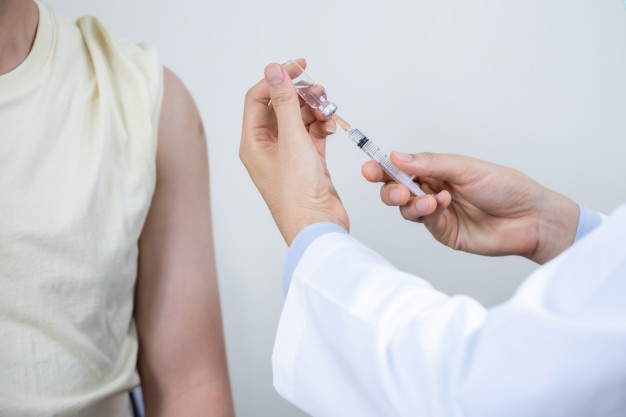
A normal part of the process of aging, menopause is a transition period wherein reproductive hormone production slows and the ovaries cease producing eggs. This ends menstruation, as well as a woman’s fertility and ability to conceive. There is no definite age at which menopause starts, but it is typically between 40 and 55. In certain cases, as when ovaries have been surgically removal or premature ovarian failure occurs, it may begin earlier.
There are three stages of menopause: perimenopause, menopause, and postmenopause. The perimenopause phase involves an atrophy of the ovaries, which triggers a decline in the hormonal activity. Estrogen and progesterone levels drop and fail to stimulate the menstrual cycle. At the same time, the quantity of eggs produced by the ovaries naturally declines, with the result a gradual drop in fertility. The complete transition, from perimenopause to menopause, typically lasts at least seven years.
The changes associated with perimenopause are noticed by some women as early as their mid-30s. Menstrual cycles often become more irregular, shortening or lengthening. In addition, some menstrual cycles may not result in ovulation, the release of an egg by the ovaries. Menopause-like symptoms, including sleep disruptions, vaginal dryness, and hot flashes, may start to accumulate.
Perimenopause usually lasts three to five years, and the later stages involve 60 days or more without a period. Getting pregnant is still a possibility, so it is important to practice some form of birth control if the aim is not to conceive.
The official start of menopause is when a menstrual period has not occurred in the last 12 months. Some experience relatively few menopausal symptoms and may experience a sense of relief that the painful aspects of periods are past and there are no concerns about getting pregnant. Other women experience hormonally linked symptoms such as irritability, moodiness, and depression, as well as painful intercourse.
Among the most emblematic symptoms of menopause are hot flashes, which involve surges of heat on the skin and drenching sweat. The heart rate elevates, and the neck and face often turn red. Such flashes arise as quickly as they pass, usually lasting between 30 seconds and five minutes. They may also occur during sleep, with night sweats characterized by a sudden jolt of heat and a sensation of sweat overwhelming one’s body.
Particularly when hot flashes happen at night and disrupt sleep, they may result in irritability, fatigue, and a tendency to forget things. Around 10 to 15 percent of women going through menopause experience hot flashes of such severity that they disrupt their normal patterns of life. A major cause is believed to be disruptions in the thermoregulatory center, which is hormonally influenced and modulates the production and loss of heat in the body. For many women, controlling hot flashes involves avoiding triggers such as red wine or coffee, as well as specific drugs for cholesterol and high blood pressure. Potential therapies include acupuncture, as well as menopausal hormone therapy and other nonhormonal medications.
Other changes associated with menopause include loss of bone, which can increase the chances of osteoporosis. A lowering of estrogen levels can also cause a spike in “bad” low-density lipoprotein (LDL) cholesterol, which elevates cardiac disease risks. This is compounded by the fact that “good” high-density lipoprotein (HDL) cholesterol levels naturally decrease as many women age.
The postmenopausal stage is one in which menstruation and ovulation are no longer possible, due to low progesterone and estrogen levels. Symptoms associated with perimenopause and menopause may continue for an extended period following the last menstrual cycle, but they ultimately dissipate, and regular exercise and a healthy diet can help ease the transition.



You must be logged in to post a comment.